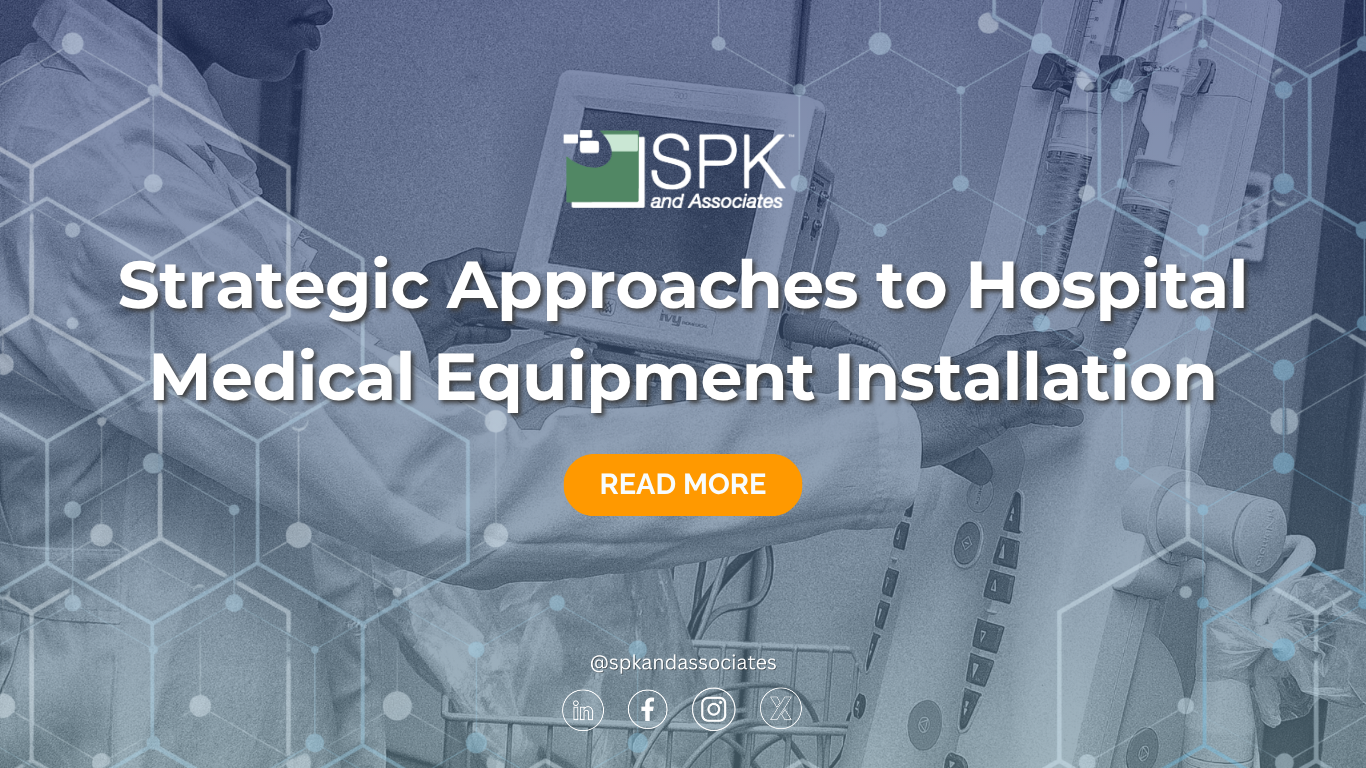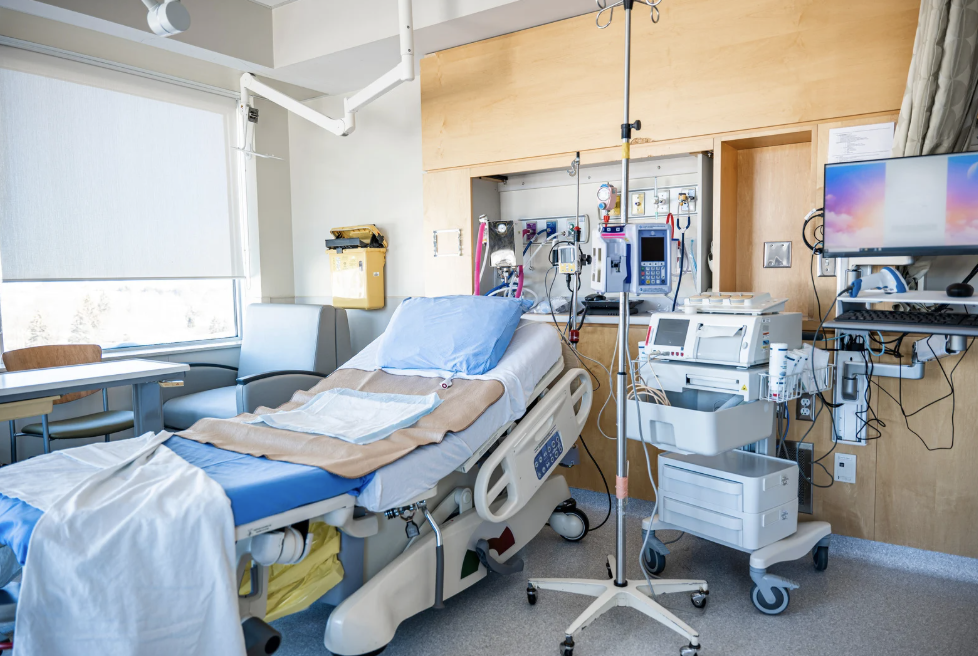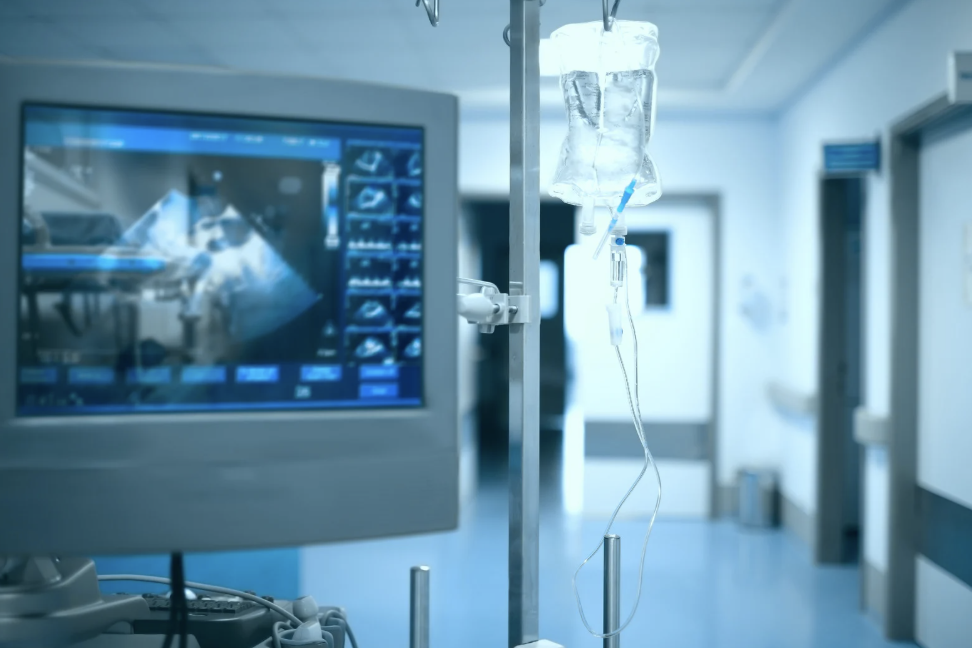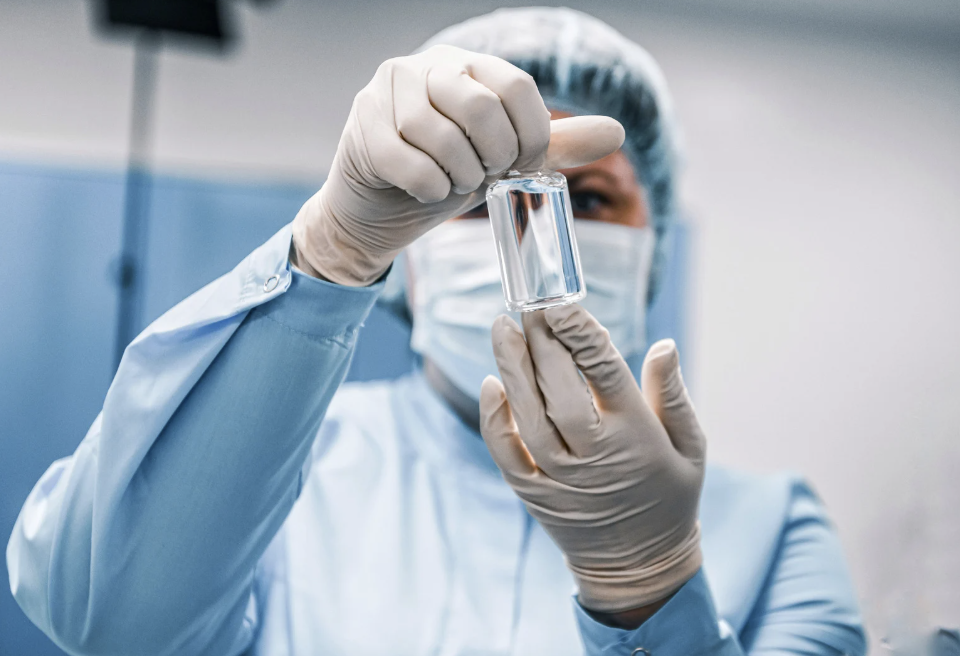Successful medical equipment installation in hospitals requires continuous stakeholder engagement, infrastructure readiness, testing and training, and continued maintenance. When done properly, staff can quickly and easily use the devices, directly elevating patient outcomes. Given SPK’s deep experience in performing these services, we have a unique approach that has led to successful outcomes. Let’s dive into the necessary steps for a successful hospital equipment installation.
Preparing for Hospital Medical Device Installation
Build the Activation Team Early
Ensure you include multiple groups in this process. Clinicians, engineers, facilities, IT security, supply chain, environmental services, and project administration should all be involved. Name a clinical sign-off owner for each room and device.
Plan with the End in Mind
Work backward from clinical go-live to ensure proper validation, staff training, integration testing, delivery windows, terminal clean, and regulatory checks. Add buffer time to every phase to absorb inevitable hospital-environment delays.
Map Logistics
Create a dated equipment schedule linked to construction milestones. Pre-coordinate vendor onsite services such as installation and calibration, and ensure proper elevator and corridor access. Additionally, mock moves to validate routes that avoid active patient areas.
Prepare the Site and Utilities
Always verify clearances, workflows, and adjacencies. Confirm requirements for power, grounding, gases, suction, drains, HVAC, and shielding. Ensure your capture approval from “Approved Persons” such as medical gases, infection control, or radiation protection before delivery.
Stage and Track
Establish a secure staging area with inventory control. Receive, inspect for damage, pre-assemble where safe, and tag items. Use basic barcoding or a shared tracker to prevent equipment “walking” before installation.
Clarify Roles with an Activation Responsibility Matrix
List each activation task, owner, staffing levels by department, waste removal steps, badge/access provisioning, and escalation paths for issues. For example, if a wrong unit is delivered, a delivery is missing parts, or if it requires additional utilities, you should know who handles each issue.
Successful Installation & Collaboration with the Hospital
Compliance During Installation
Certified installation and calibration are foundational steps for any clinical technology deployment. To ensure safety and compliance, organizations should always use manufacturer-certified technicians who can properly document installation parameters, acceptance criteria, and calibration results. This approach not only validates equipment performance but also provides traceable records for future audits and regulatory reviews.
Ensuring Integration
Integration should be prioritized early, not left to the end of a project. Running integration testing against live-but-segregated hospital systems helps confirm that the solution will perform reliably under realistic network conditions. By addressing interoperability from the start, clinical teams can avoid last-minute delays and ensure seamless system adoption.
Safety Requirements
Equally important is proactive obstruction prevention during installation and mock moves. To protect clinical operations, teams should restrict routes, post safety marshals, and coordinate closely with unit leadership to avoid peak patient flows. Once the installation is complete, areas must be re-cleaned in compliance with infection prevention requirements to keep patients and staff safe.
Readiness Check
Finally, an environment of care readiness check ensures that the system is fully prepared for operational use before staff training begins. This includes confirming signage, emergency stops, radiation/light/sound controls, IP and asset labeling, preventive maintenance (PM) schedules, spare parts kits, and storage policies. Establishing these details upfront creates a safe, compliant, and efficient foundation for clinical adoption and long-term success.
Best Hospital Device Installation Training
Hospitals benefit most from blended, role-based, whole-team training that moves beyond lectures. Here are some effective training methods to utilize:
- Super-user model: Designate on-unit champions who train early and support peers during go-live.
- Hands-on simulation: Use realistic patient scenarios and checklists in the actual room; require competency sign-offs before independent use.
- Role-specific pathways: Different curricula for clinicians, techs, biomeds, and IT (operations, cleaning, troubleshooting, escalation).
- Shadowing & coaching: Pair early adopters with hesitant users.
- Ongoing reinforcement: Conduct refresher sessions post-go-live, create change notices for software updates, and include in annual competencies.
- Single point of contact: Identify an on-site “go-to” person and a vendor hotline for fast answers.
Ensuring Safety with Regulatory Standards
In the medical field, these devices must comply with many strict standards. These include:
- HIPAA (Privacy & Security Rules): Protect PHI at every step with role-based access, minimum-necessary use, audit logs, encrypted data in transit/at rest, secure device disposal, and signed BAAs where applicable. Coordinate with IT security on VLAN segmentation, patching cadence, certificate renewal, and incident response.
- FDA Quality Management System Regulation (QMSR): Aligns U.S. device CGMPs with ISO 13485:2016. Maintain installation and servicing records, calibration certificates, acceptance testing, UDI capture, complaint handling/field safety notices routing, and full traceability from purchase to patient use.
- ISO 13485:2016 (Quality Management for medical devices): Embed controlled documents (SOPs, work instructions), risk management, CAPA, training records, and maintenance logs into the installation program.
- Complementary controls (as applicable): Depending on the device, your team may need to ensure compliance with the following. Electrical safety (e.g., IEC 60601 family), software lifecycle/usability (e.g., IEC 62304/62366), Environment of Care and infection control policies, radiation safety plans, and emergency power testing.
Why Is This Important?
A strategic installation program directly affects clinical efficacy, throughput, and patient safety. Proper room design and integration reduce repeat exams and delays. Great training lowers user error and improves adoption, and rigorous quality and privacy controls reduce compliance risk. The result is a faster time to the first patient use. Furthermore, proper installation leads to better staff satisfaction and measurable improvements in patient outcomes. Our team at SPK and Associates has experience installing devices in hospitals, so we understand its importance.
Achieving Successful Medical Equipment Installation in Hospitals
Medical equipment installation succeeds when hospitals treat it as a multidisciplinary, standards-driven program. Teams must plan early, prototype the space, install and calibrate, deliver hands-on role-based training, and lock in quality, safety, and privacy from day one. This approach ensures the investment pays off. If your team is looking to ensure better care, safer operations, and improved patient results, contact our experts to see how we can help.











